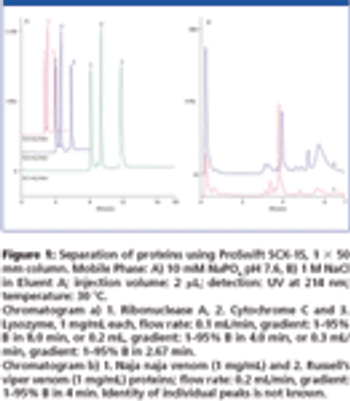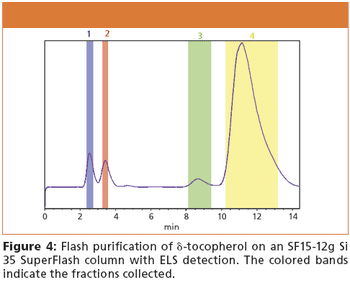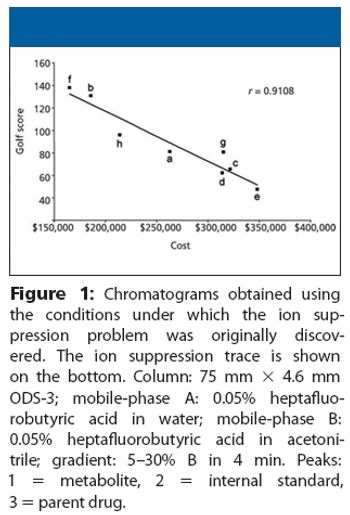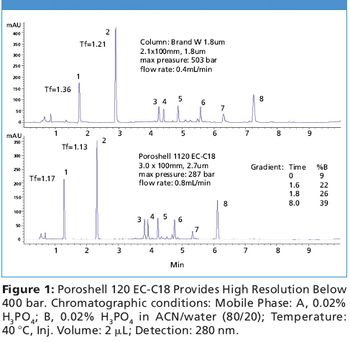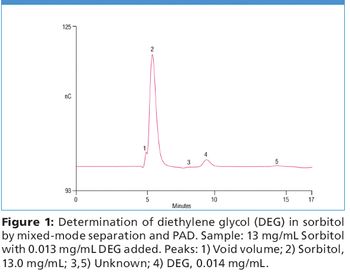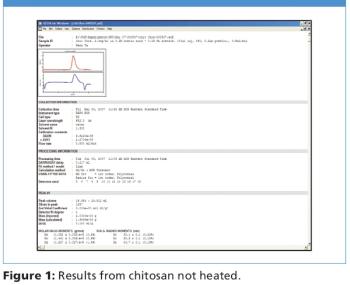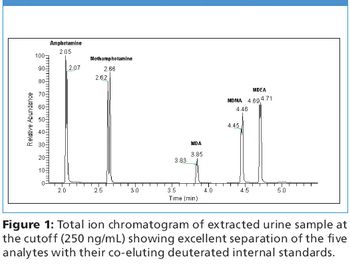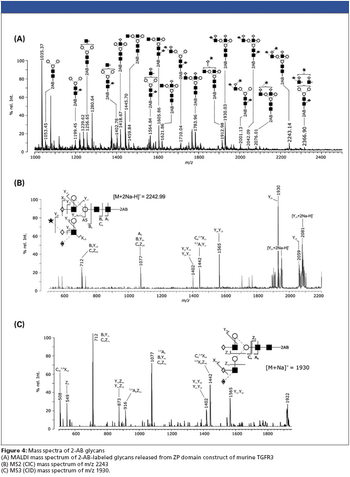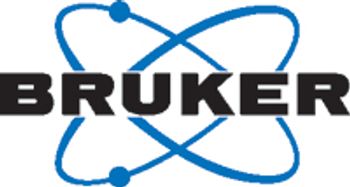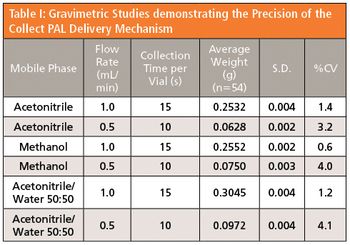
The Application Notebook
In ion chromatography, the presence of a large amount of matrix ions makes quantification of the target ions difficult. Selective removal of matrix ions - matrix elimination - can be performed by treating a sample with a solid-phase extractant. Halides can be removed by precipitation with silver, which is present as a counterion in a cation-exchange resin. A subsequent treatment with a cation-trapping column removes residual dissolved silver ions.
